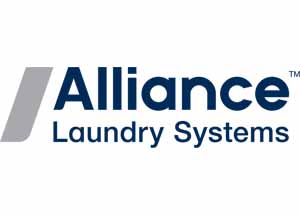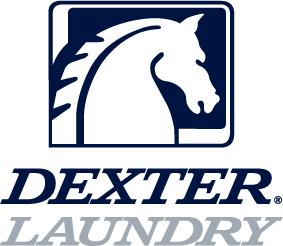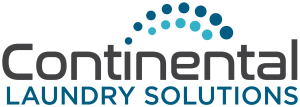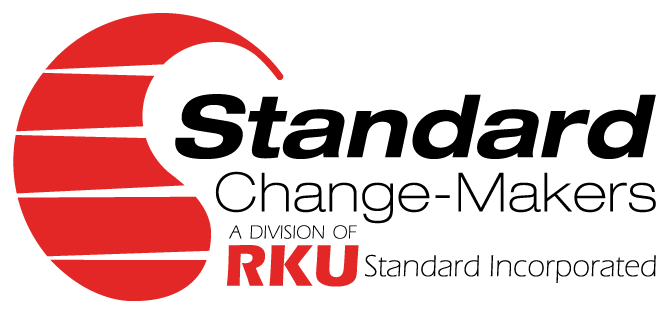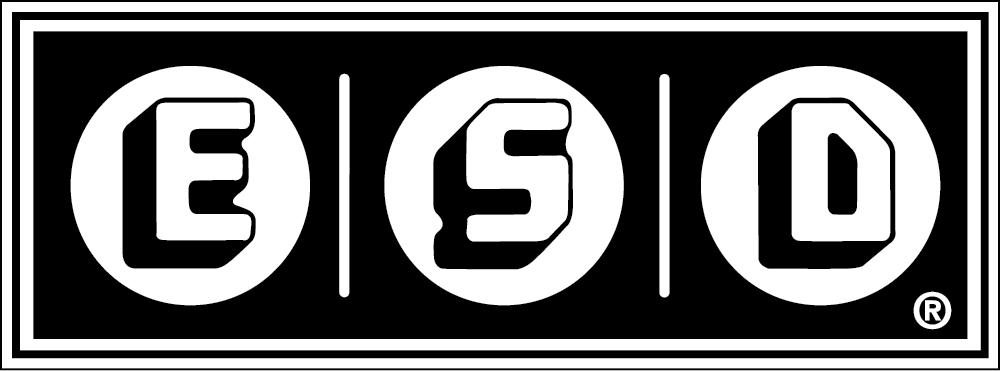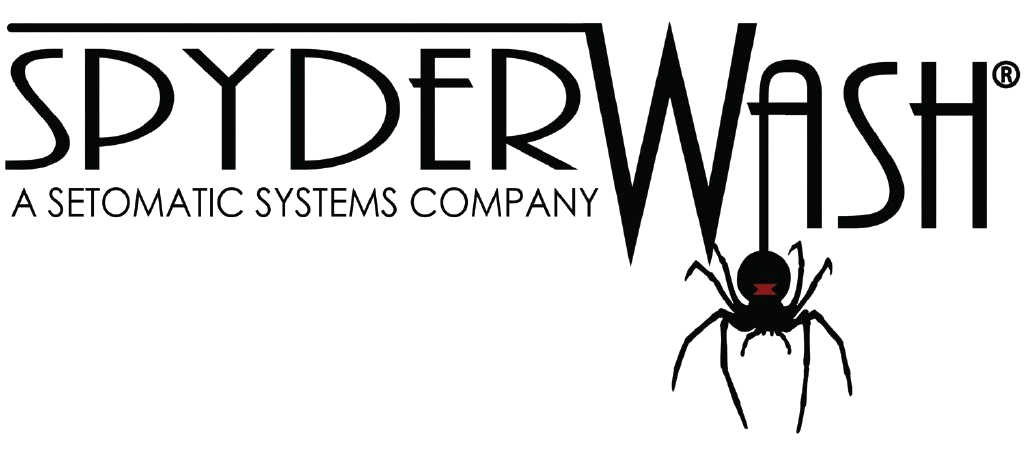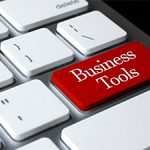As it is with many, if not most, small-business owners, I’m almost obsessive when it comes to tracking the financial health of my business.
From the beginning, I have insisted on collecting daily – first at one location, and now three. Fortunately, with two sons working beside me, the collection duties are usually shared. The advantage of this practice is that I know how each location is performing daily and have a firm grasp on the cash flow of the businesses.
After building our second laundry, we switched from a PC-based version of QuickBooks to QuickBooks Online, giving us the ability to enter data from any location. I cannot imagine running any kind of small business without some type of accounting software.
On a daily basis, of course, I’m looking at cash flow. How much money came in yesterday? How much money is in the bank? What bills do I need to pay today or later this week? And will I be able to make the next payroll? (By the way, I’ve never not made payroll, although it was close a few times early on!)
On the first of each month, I pull a Profit & Loss statement and scrutinize every line. We assign income and expenses to each location, so there is a side-by-side comparison of the financial health of each, along with the combined numbers. In addition to the store locations, we categorize “Property” (we own the land and building at two of our locations) and “Administrative,” which are displayed on the monthly P&L as well.
Using these monthly numbers, I calculate the following:
• Turns per day at each location. (Hopefully, it’s more than four TPD.)
• Total utilities expense as a percent of gross revenue at each location, and for the company as a whole. (Historically, it’s less than 10 percent for us.)
• Payroll expense as a percentage of gross revenue (Historically, this has been approximately 25 percent; however, it’s been more than that recently, since raising salaries by $2 per hour across the board.)
• Percentage of washer/dryer revenue that is attributable to our credit/debit card systems, which we have at two locations. (Historically, this is about 30 percent, but it’s been trending higher recently, into the 40 percent to 44 percent range.)
• Average revenue per day per store, and as a company.
• Average expenses per day per store, and as a company.
• Percentage of net income to gross income.
I do the same analysis for the annual P&L at the end of the year. However, by that time, whatever I find is typically not a surprise.
What do these economic indicators tell me about my business?
I’ve heard gross revenue described as a “vanity metric.” It feels good to think about all of the money that came in the door, but it’s really about how much you get to keep, right? When analyzing the P&L, I’m looking for any trend that might indicate a problem area. In that way, the numbers become more than just a financial snapshot, but can also be an analytical tool for detecting problems.
Have the operating expenses gone up significantly at one of the stores? Why? Since that’s where we record all of the products and supplies relating to our wash-dry-fold operations, it might indicate attendants who are using those products inappropriately. Have repair costs begun to escalate at a location? What can be done about it? Have we analyzed the amount we are spending on vending supplies lately? How does that compare to the revenue being generated by vending machine sales? Why is there a spike in utilities at one location?
Good performance, bad performance, equipment issues or building issues can all have an impact on the bottom line – and taking a close look at the numbers can help detect those issues before they get out of control.
So, am I obsessive about the numbers? Sure… maybe a bit. Then again, we’re talking about the health of my business.

